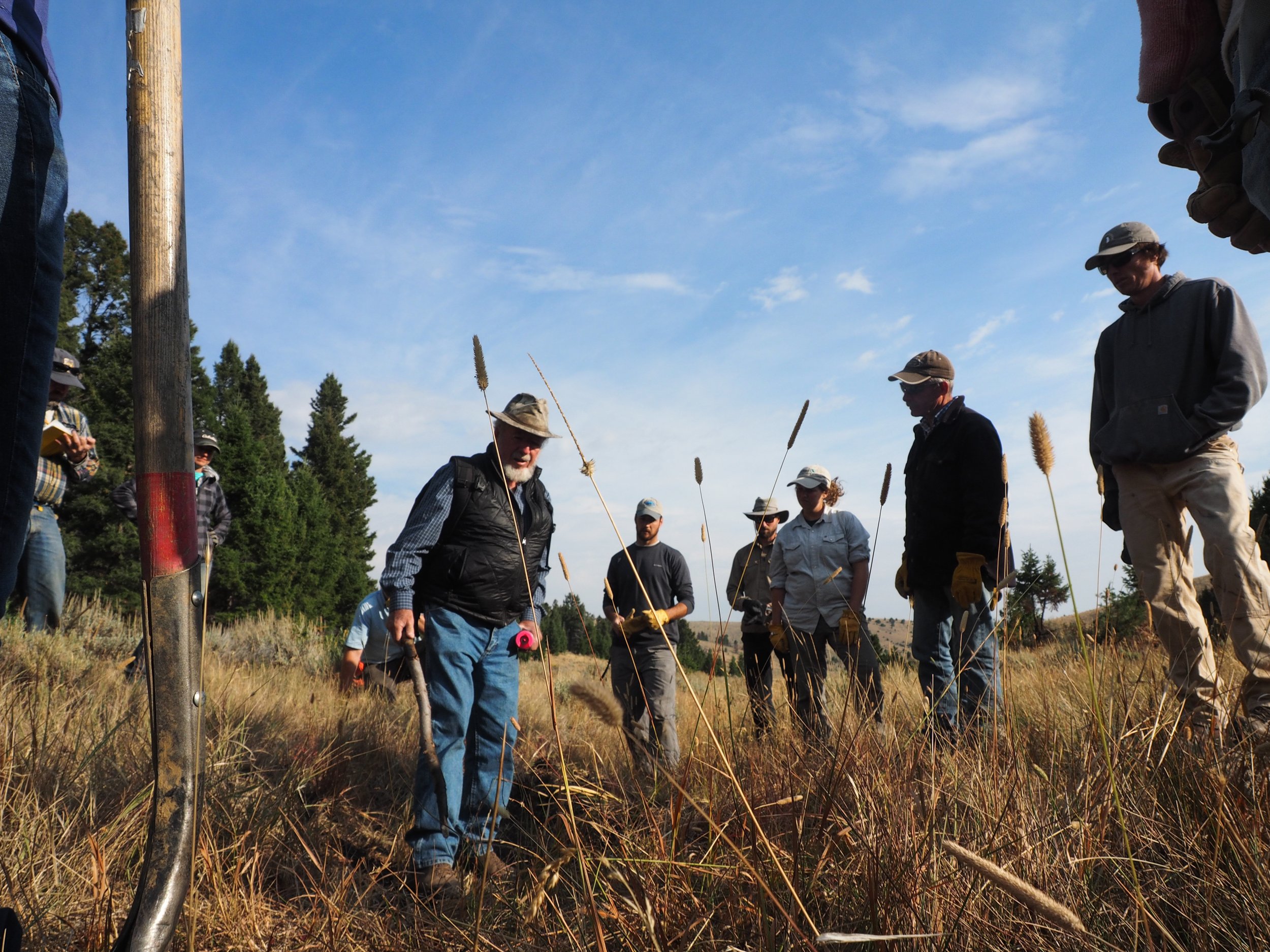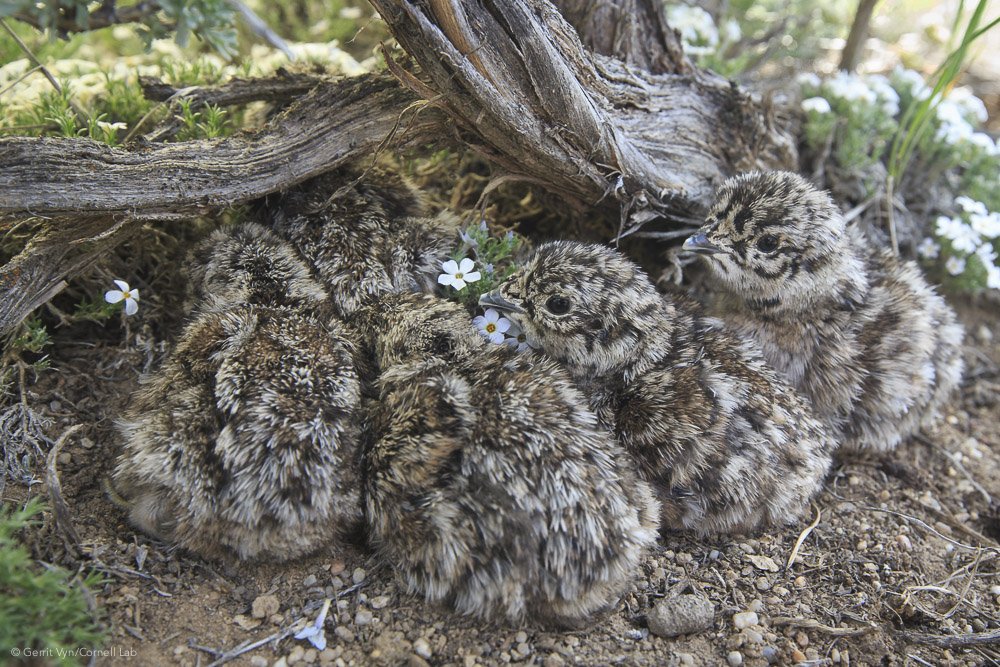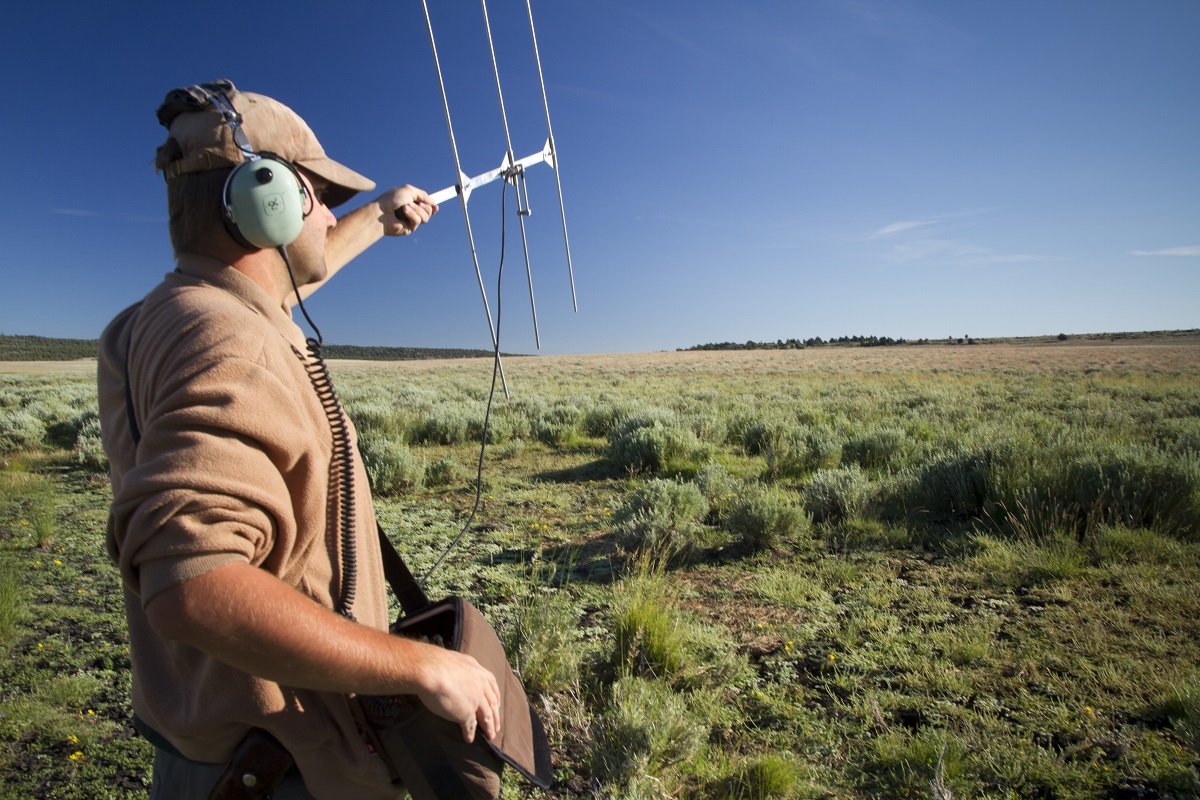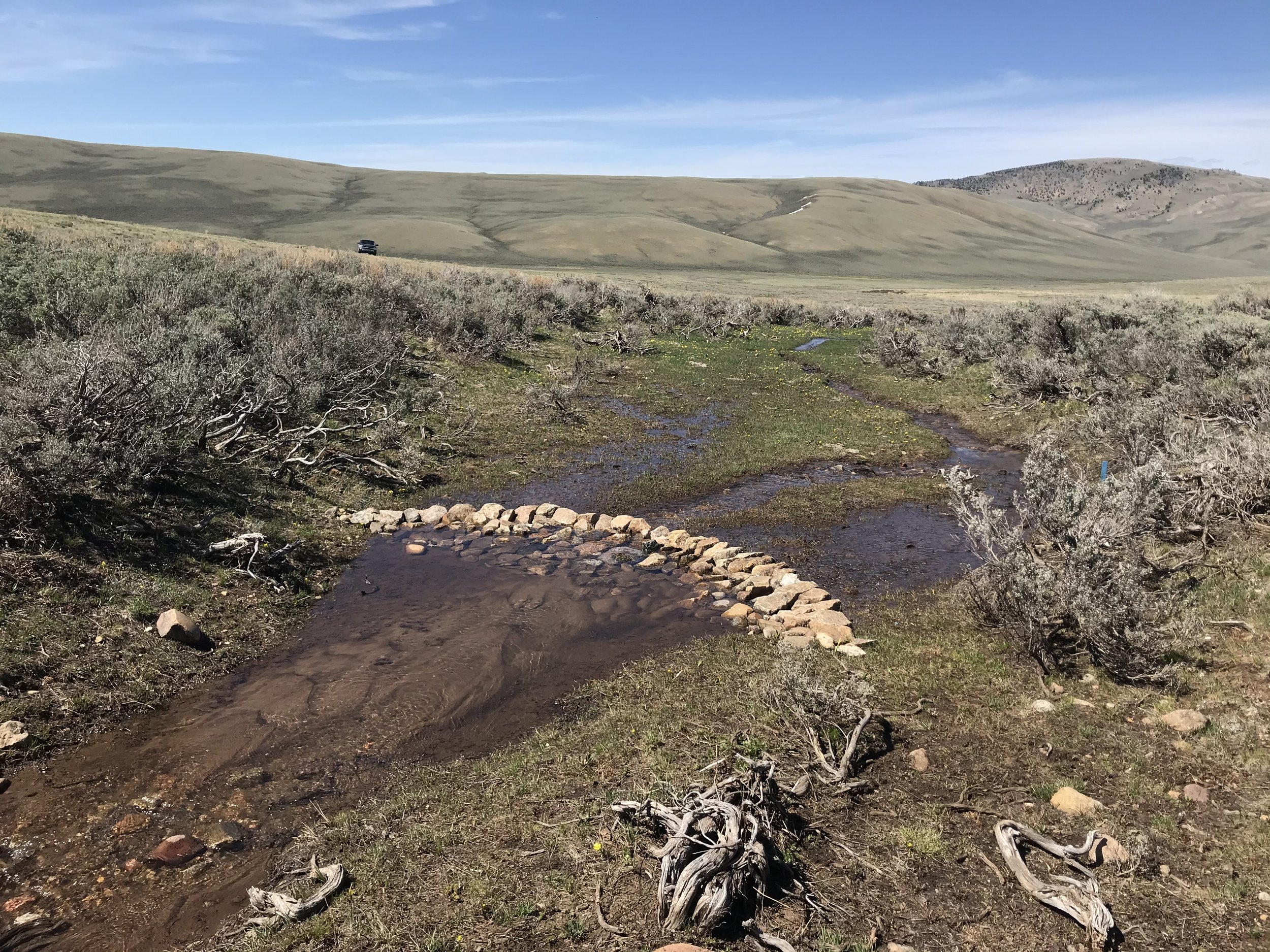New Tool Brings Key Resources to Land Managers' Fingertips
As threats to western landscapes intensify, it’s increasingly important to deliver key science to partners working in the field. Yet, many of our partners struggle to access, interpret, and apply the science that is relevant to their work on the ground.
Introducing the Resilient Landscapes Resource List
To address this problem, the IWJV developed the new Resilient Landscapes Resource List targeted to field-based partners in conservation. This curated and regularly updated list includes top peer-reviewed science papers as well as resources developed from this body of science that can help inform our partners’ work on the ground. From factsheets, webinars, and datasets to key conservation frameworks, the Resource List connects land managers to the resources they need. The Resource List fits into the IWJV’s broader science to implementation efforts, which aim to inform habitat conservation by providing partners with enhanced access, interpretation, and application of science, local and traditional knowledge, and practices in order to strengthen on-the-ground outcomes.
After querying BLM managers across the West, staff identified that managers were struggling to find the time to search for and evaluate the latest science and tools to guide their work across the sagebrush biome.
“The Resilient Landscapes Resource List could have saved me three weeks of work”
Amy Sturgill, Bi-State Sage-Grouse Data and Communications Coordinator, spent weeks searching for invasive annual grass cover maps for the Bi-State area to inform prioritization of invasive annual grass removal projects. In the Resource List, Sturgill was able to connect to the Invasive Annual Grass Dataset Comparison and Compendium, a series of products helping users identify the right datasets for their needs. In the future, Sturgill said, she’ll check the Resource List for similar data needs.
How To Use This Tool
Wet meadow mesic restoration near Dillon, Montana.
With the click of a button, field-based land managers across the West can access resources to help make their work more efficient and effective.
One example of a resource that could be found on the list is a webinar module series on low-tech wet meadow restoration techniques. The IWJV and NRCS Working Lands for Wildlife partnered with local and regional experts to create a module-style webinar to help partners read the landscape and recognize meadow conservation opportunities, learn about various low-tech “Zeedyk” structures (e.g., One Rock Dams, Zuni Bowls), and discuss project planning, implementation, and monitoring. This resource assists practitioners by providing them the skills needed to implement mesic restoration techniques for these rare but disproportionately important habitats.
Beyond science papers and resources authored by partner organizations and universities, the Resource List features the strong body of science and tools produced in-house by the IWJV. The IWJV’s science focuses on wetland and wet meadow conservation and provides partners the tools needed to focus funding and implementation into areas that are the most critical for migratory waterbirds. A key focus of the IWJV’s Water 4 program is delivering actionable science into the hands of managers, from private landowners to agency decision makers and implementers.
“We’re working to get the science and tools we’ve developed into the hands of partners in key landscapes to leverage funding and prioritize on-the-ground action,” said Joy Morris, IWJV Water 4 Coordinator. “The Resilient Landscapes Resource List will be a great way to reach a broader suite of partners in the West.”
With a powerful combination of communications and multi-disciplinary expertise, the IWJV is uniquely positioned to take a major leadership role in science to implementation for landscape-scale conservation.
Looking for additional resources? Click here for more sagebrush conservation resources and click here for additional wet meadow conservation resources.




